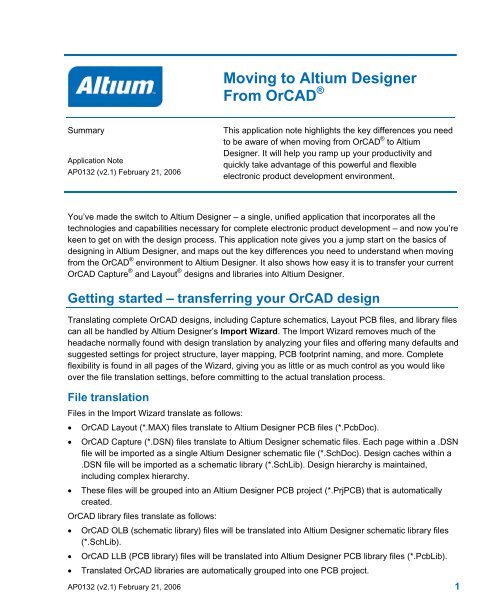

When deciding the clearance between a track on the keep-out layer and any polygon (or any other object for that matter), it calculated from the EDGE of the track, not the centre.


If you are finding that when you draw polygons that Altium is not staying the correct distance away from zones you draw on the keep-out layer, you are probably caught by one of Altium’s ‘gotchas’. Clearance Rules On The Keep-out Layer Are Not Working Properly With Polygons Make sure you use ‘InPolygon’ and not ‘IsPolygon’. This is because Altium treats all the copper which you wish to apply the clearance rule to in the polygon as an object which is ‘in’ the polygon object. make sure that when you set the ‘First Object Matches’ query, you use the term ‘InPolygon’ rather than ‘IsPolygon’. When setting the clearance rule in Altium. This may have something to do with not calling specific undo functions from the script after the object has been added and it getting confused from that point onwards… Polygon Clearance Rule Not Working Using scripts to add objects to a PCB can remove the ability to undo in any PCB during the current Altium session. Scripting Will Remove The Ability To Undo To fix this, change your system time to the yyyy-mm-dd format. However, Altium follows your system clock format when creating this timestamp, so it will likely be in a dd-mm-yyyy or mm-dd-yyyy format, which when sorted alphanumerically, does not sort in chronological order. Timestamping can be added to the automatic file generation by selecting the option under the advanced tab of the “Output Container” properties window. Timestamping output files is a good idea of keeping track of releases intended for pcb manufacturer’s/assemblers (as well as version numbers). Searching an Alitum component library with an asterisk. It is very annoying when it doesn’t create the mounting holes, and you can’t check that the PCB will work with the rest of the mechanical design (which is normally one of the reasons why you’d be exporting a 3D model). I have tried removing copper, silkscreen, soldermask and solderpaste layers to see if these were causing the trouble, but have had no luck in finding out why Altium does this. Upon importing these step files into a 3D CAD program, more often than not you will find that some of the holes have been covered (or partially covered) up by a very thin solid on the top and/or bottom. UPDATE, March 2016: This does not seem to be happening anymore with AD15 or AD15.Īltium decides whether or not it wants to export holes/vias in step files. In my experience, this causes Altium to crash with the infamous “Please Wait A Moment…” message. You can put images into Altium schematics, but don’t do it via the copy-paste way from a program that has an unsaved image (like Snip). Altium will make arcs disappear on certain zoom levels if the arc is almost fully circular.


 0 kommentar(er)
0 kommentar(er)
